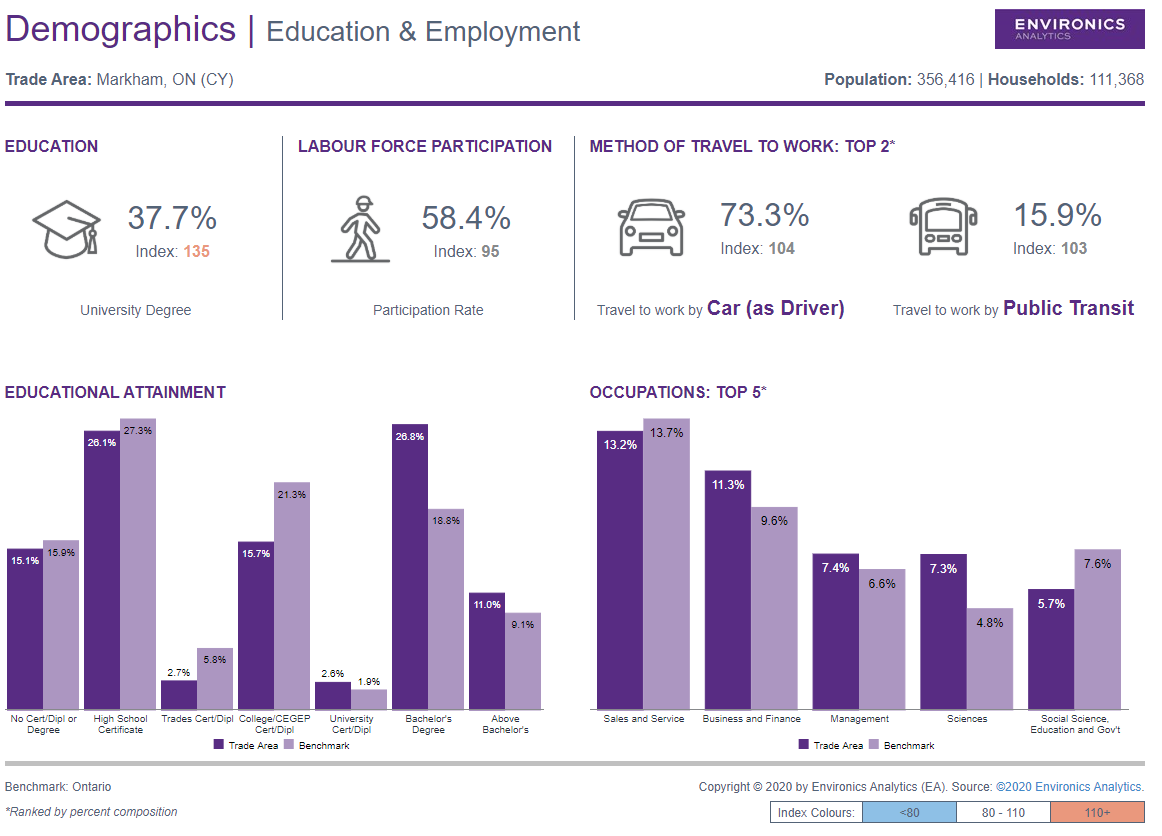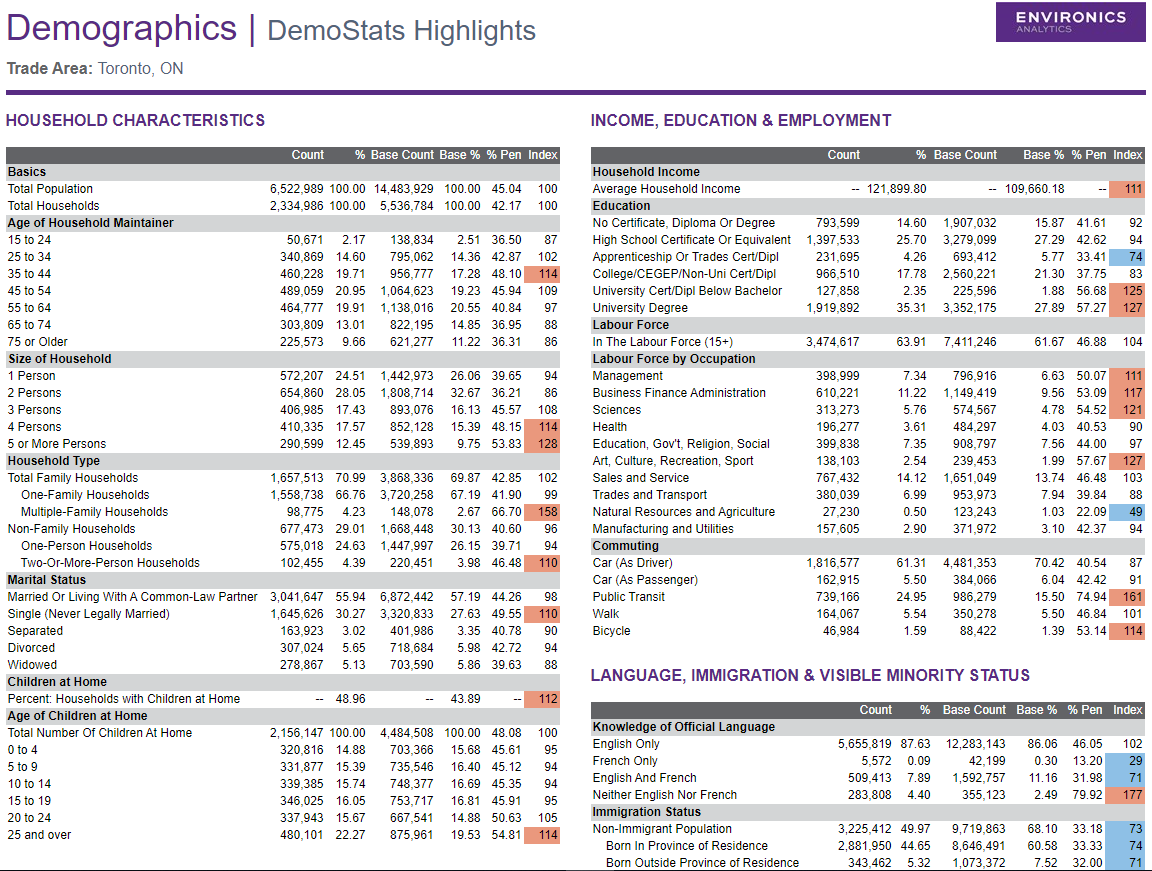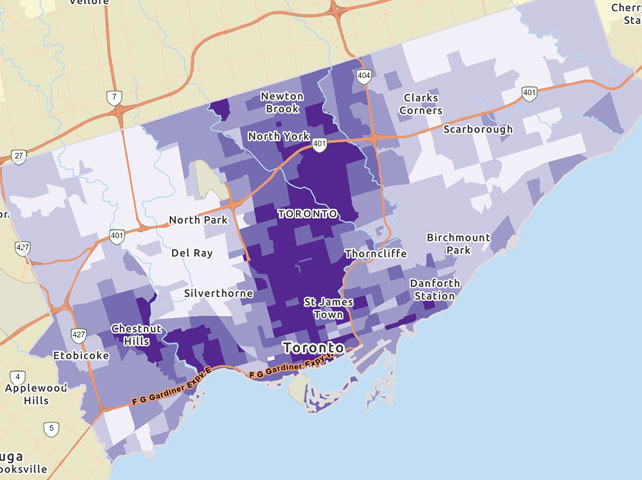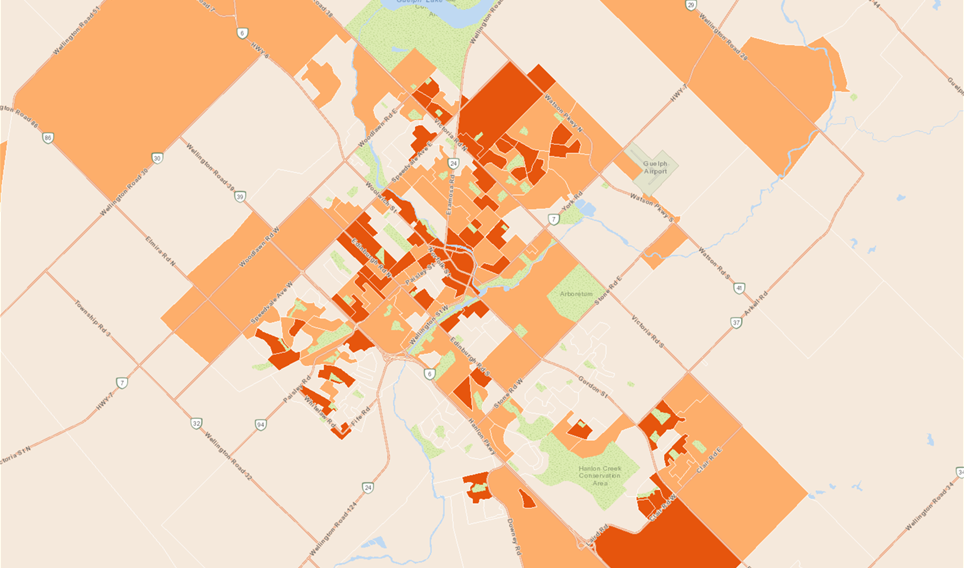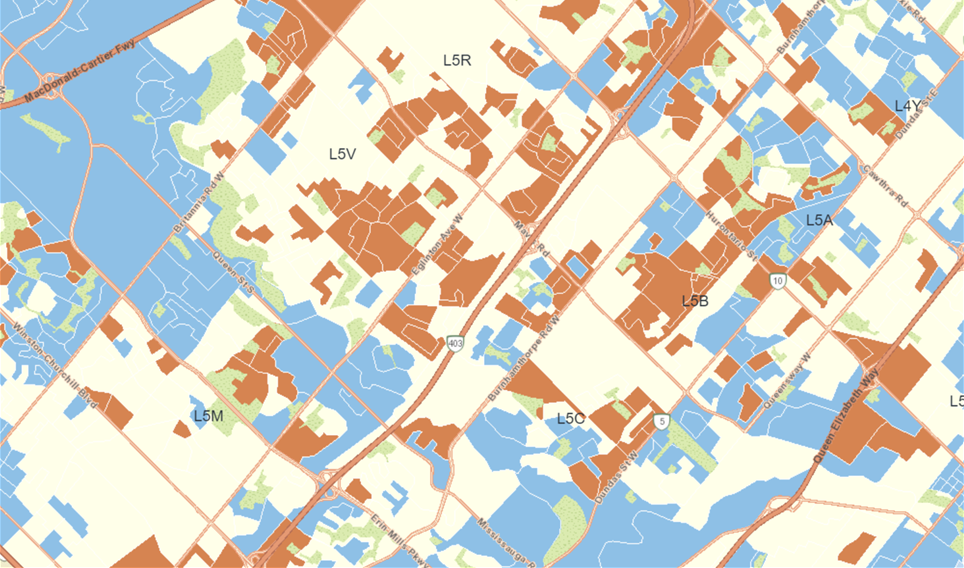
DemoStats
Canada’s most up-to-date demographic database
The DemoStats database consists of current-year estimates for more than 750 variables and includes demographic projections for approximately 500 of them for three, five and ten years into the future. It is an essential tool for marketers to understand consumer demand, gain a 360° view of their markets and strategize future growth.
This proprietary database is created using innovative methods that combine econometric, demographic and geographic models. As a result of our comprehensive methodology, DemoStats variables are available at the postal code level for current-year estimates and at the dissemination area level for future-year projections. The database also provides historical estimates from five years ago, based on the same methodologies to ensure accurate trend analysis.
Understand your customers
Gain a 360o view of your customers and markets.
Data-driven planning
Differentiate products and services based on your best customers, prospects and competitors.
Execute your strategy
Determine the right products, media and messages for reaching your customers.
Want to know more about DemoStats?
We're here to help.
DemoStats Features and Benefits
The essential database for marketers to understand consumer demand and strategize future growth. Plan effectively with current year estimates of Canada’s population and a range of projections for the future.>
Your go-to data source to understand the Canadian population
DemoStats is a proprietary database created using innovative methods that combine econometric, demographic and geographic models.
The database includes:
- Current year estimates for 759 population, education and cultural diversity variables available at the postal code (FSALDU) level
- Three, five and ten-year projections for 500 variables available at the dissemination area (DA) level
- Historical estimates from five years ago based on the same methodologies to ensure accurate trend analysis
- Variables on population, family structure, household size and type, ethnic diversity, labour force participation and income.
Answer important marketing questions like:
- How are household incomes in my trade areas projected to change over the next 10 years?
- What is the visible minority presence in my trade area? How is that expected to change in five years?
- Where can I find the highest concentration of families with young children?
- How many households in my market commute to work by car? By public transit?
- Where can I find potential store locations with demographic profiles similar to my best location?
Accurate, comprehensive and privacy-compliant information
The DemoStats database employs a variety of privacy-compliant data sources including the latest census, current economic indicators, postcensal estimates from the federal and provincial governments, immigration statistics and economic data such as building permits.
Find more information about the DemoStats database including metadata, release notes, technical documents and glossaries on our community website.
Analyze and engage your customers and markets
Businesses, not-for-profits and government agencies all use demographic data for evidence-based decision making to improve marketing, guide high-level strategic planning and drive operational improvements.
These are a few examples of how we have helped our clients leverage demographic data.
What marketers should know about changing demographics
The size and makeup of Canada’s population are continuously changing in response to various demographic trends. Understanding these trends is essential for making decisions, such as where to locate a new facility or how to determine the best mix of product and service offerings. And more change is ahead. In the article Canada 2020 and Beyond, Chief Demographer, Dr. Doug Norris explains what to expect over the next decade.
Ready to turn demographic data into actionable insights for your business?
Frequently Asked Questions
Read more about our privacy policy here.
More Data to Choose From
Enhance your data with our privacy-compliant, authoritative databases. Choose from over 60 databases including financial, demographic, segmentation and behavioural data.
Reach your best customers, track neighbourhood growth patterns and forecast trends with demographic data. We offer five proprietary, privacy-compliant databases.
Understand the behaviours, preferences and attitudes of your target market with insights from media and shopping habits to attitudes on charitable giving and the environment.
Create more effective marketing strategies with a comprehensive picture of your customers according to their shared demographic, lifestyle and behavioural traits.


